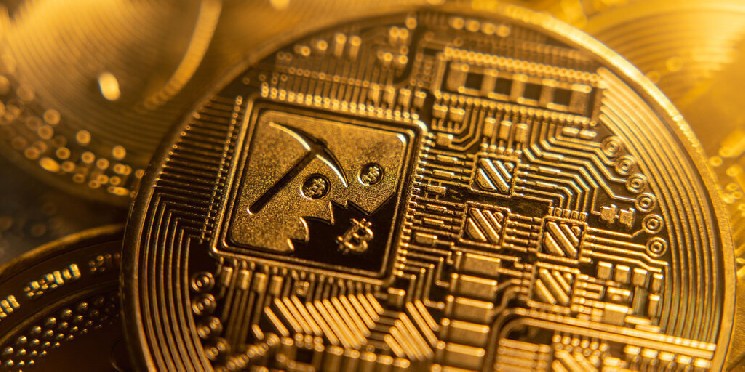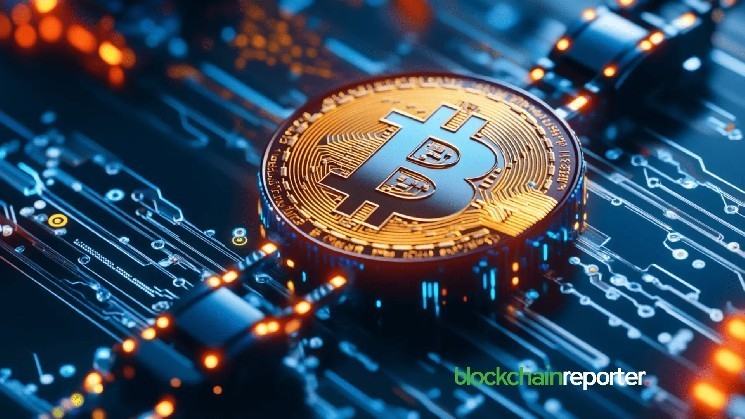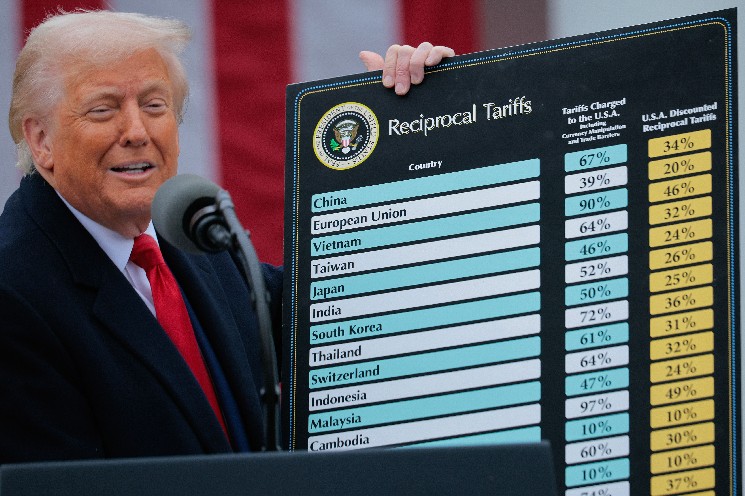Hive's Frank Holmes on Bitcoin Mining Expansion in Paraguay

Frank Holmes has extensive financial management experience, having financed gold mining companies, helped create gold royalty businesses, and developed financial products for the aviation sector—all through US Global Investors (GROW), the publicly traded asset management firm he has led since 1989.
He is also the chairman of HIVE Digital Technologies (HIVE), a $345 million market cap Bitcoin mining company that is rapidly expanding its presence in Paraguay with a recent deal to acquire facilities formerly owned by another miner, Bitfarms. The company, he says, emerged from an attempt to launch a spot Bitcoin exchange-traded fund (ETF) in 2017.
HIVE has embraced clean energy from the start. Its first facility used geothermal energy in Iceland, while another used hydropower in Sweden, just 100 kilometers south of the Arctic Circle. The company now plans to have about 430 megawatts (MW) of infrastructure up and running by the third quarter of 2025 — enough to power a city of 86,000 homes.
Holmes will speak at the BTC & Mining Summit at Consensus 2025 in Toronto on May 14-15.
Ahead of the event, Holmes shared his views on HIVE's place in the broader mining industry, the company's decision to adapt its GPUs for AI workloads, and where it's headed.
This interview has been condensed and edited for clarity.
CoinDesk: HIVE has adapted some of its GPUs for AI. Can you talk about that?
Frank Holmes: We used to have 130,000 AMD chips and we were mining ETH. We were mining about 6% of the world's ETH supply, and that was a significant profit. When that stopped [as a result of Ethereum's transition to proof-of-stake in 2022], we took our GPU expertise and replaced a lot of the AMD chips with Nvidia chips. That allowed us to start moving into AI.
The difference between a standard ASIC miner and Nvidia chips is like the difference between driving a Bronco and a Ferrari. The sophistication of the motor, engines, and various components of a high-performance car is much closer to a GPU. When the Antminers S21 Pro come out, it only takes us six hours to unpack and hook them up. But with Nvidia chips like the H100, it can take six weeks before you build a system and get it working. So it’s a whole other skill level.
When you build a Bitcoin mining infrastructure, you spend a million dollars for every megawatt of power. When you move to high-performance computing (HPC), the power requirements are so high that you spend $10 million per megawatt. That's not even counting the cost of the hardware. You need much more complex logistics, and the capital costs are much higher.
When you look for energy sources for Bitcoin mining, you can use variable sources, and the key point is the cost of electricity. In Sweden, we can reduce the consumption from 30 megawatts to 3 megawatts in just 15 seconds. So we can both give and receive energy.
When you run HPC, you need to be connected at all times, so you need backup generators and batteries. Power stability is much more important for HPC than it is for Bitcoin mining. So you have a complex matrix to work with.
Does the Trump administration's tariff policy affect your business?
We are closely monitoring the situation in the US, as it is very important for our brand and liquidity. However, we have never done business in the US, as we have always been afraid of excessive scrutiny from the regulators in Washington. They have basically armed auditors to go after anyone involved in cryptocurrency. So we decided to remain neutral in this jurisdiction. After Trump's victory, we decided to move our headquarters. This is strategically important, because if your headquarters are in the US, you have access to many different indices. At the moment, we do not have mining operations in the US.
But you have significantly increased your presence in Paraguay.
I think what happened in Paraguay was that Bitfarms got a little distracted from their CEO [when he left]. So there was a vacuum. Then Riot (RIOT) tried to come in and take over their operations. During that period, the Paraguayan government imposed a tariff on Bitcoin miners, which was kind of weird, but it happened, and I think it’s going to be lifted next year. All of that created a problem for the new CEO, who wanted to switch to the U.S. So they teamed up with Stronghold (SDIG) to essentially become a U.S. company through a reverse takeover.
They still have 80 megawatts of power in Paraguay, but we are now taking over most of the operations. We are finishing the construction, and we are very happy about it. We already have several machines running. We have the highest growth profile in 2025 of any Bitcoin miner. We did not use any complex convertible bonds to buy Bitcoin. Most of them paid much higher prices. No, we did not do that, because we understand how risky it can be. Every time everyone starts mindlessly piling up debt – like in
Source: cryptonews.net



